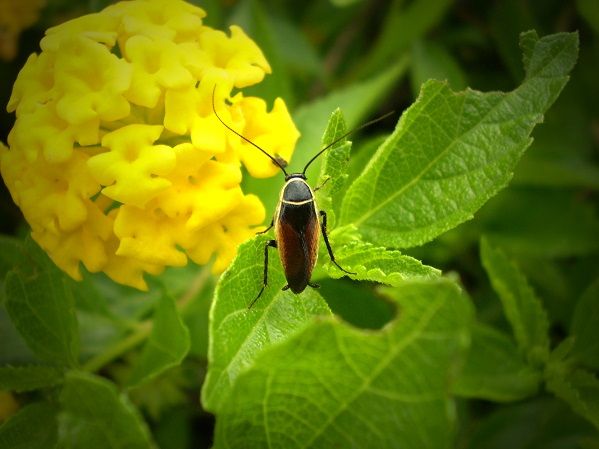
Pesticides are defined as biological or chemical substances used to prevent microorganisms, animals or plants causing harm or inconvenience to health or property.
While pesticides have properties that are valuable, the very same properties can have a negative effect. In particular when pesticide residues are released into the environment and eventually end up in the groundwater. Many pesticides are applied by spraying onto a targeted area and during this process there is a risk of pesticide residue being transported to areas outside of the targeted area by the wind. A number of the newer pesticides are soluble in water, this will increase the probability of leaching into the ground water. Older type pesticides, like DDT, are much less soluble in water and tend to remain in the soil over time.
The presence of pesticide residues in the environment is a significant risk factor and maximum residue limits (MRLs) have been published to guide the public. For example the MDL’s for drinking water, regulated by Directive 98/83/EC, is set at a limit of 0.1 μg/l for each pesticide or its metabolite, with the exception of aldrin, dieldrin, heptachlor, heptachlor epoxide where a limit of 0.03 μg/l applies. The limit for the sum of the set and quantitatively detected pesticides and their metabolites is 0.5 μg/L
There are a wide range of active ingredients of pesticides on the market. Worldwide, more than 1200 active substances are registered for pesticides production. Pesticides can be classified into more than 100 classes/groups, for example, Carbamates, Triazines, Pyrethroids, Organophosphates, Organochlorines, Phenoxy alkane Pesticides, Pesticides based on glyphosate.
Often pesticides are also classified as “Herbicides”, “Insecticides” or “Fungicides” depending on their usage.


